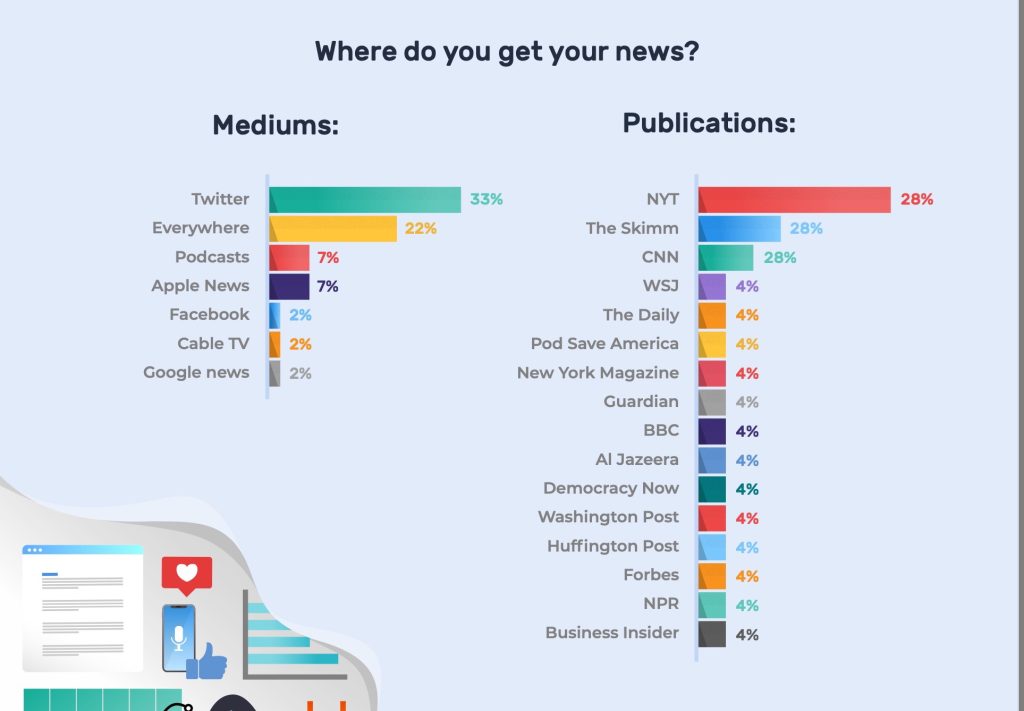
Introduction:
Journalism’s evolutionary journey reflects society’s progress. From Gutenberg’s printing press to Twitter’s rapid-fire news dissemination, journalism’s mediums have been emblematic of their epochs. The present age, dominated by the digital revolution, witnesses the transformative power of hypermedia. By synergizing text, audio, video, and interactivity, hypermedia redefines journalism, expanding its horizons and enriching its tapestry. This essay navigates this transformation, analyzing the profound metamorphosis hypermedia instigates in journalism.
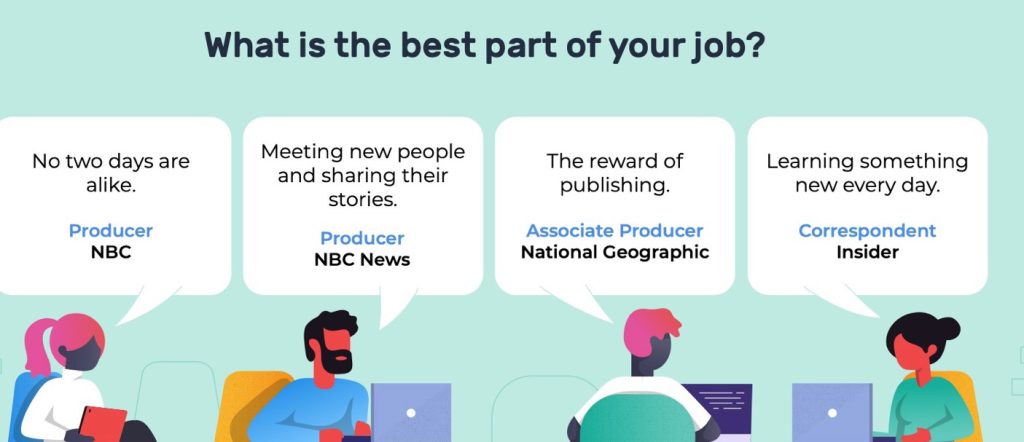
Historical Context:
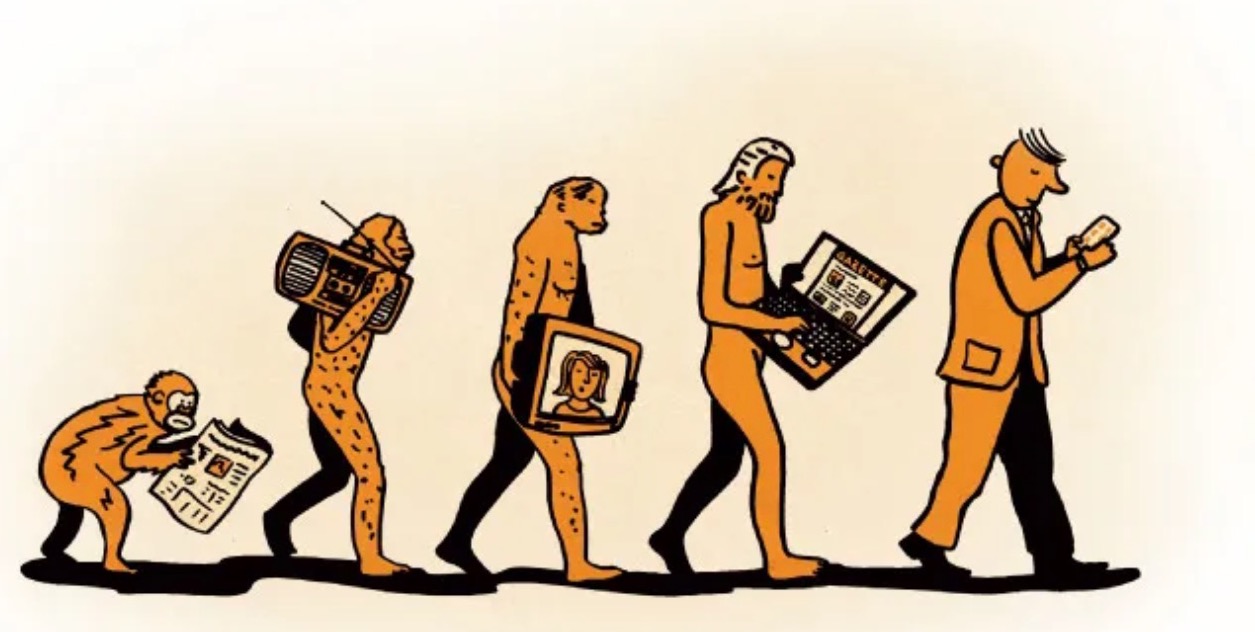
Journalism was primarily distributed through newspapers, radio, and television in the years preceding the digital revolution. These platforms, while effective at the time, were linear and provided only one-dimensional engagement. Readers or viewers were passive recipients with no interactive role. However, the ability of hypermedia to combine text, image, and sound has drastically altered this landscape.
- Traditional Journalism :
The golden eras of newspapers, radio, and television demonstrated the adaptability of journalism. These mediums, which were groundbreaking in their respective eras, possessed distinct strengths. Newspapers provided in-depth analysis, radio provided instant gratification, and television combined visuals and narratives.
2. The Ascension of Digital Platforms:
News consumption patterns shifted with the introduction of the internet and mobile devices. Audiences desired immediate gratification, accessibility, and interactivity. This void gave birth to digital journalism, with news websites and blogs dominating.
3. The Arrival of Hypermedia:
The evolution of digital journalism has not slowed. It grew in popularity after the introduction of hypermedia, which combined text, audio, visuals, and interactivity. Audiences were no longer passive recipients, but rather active participants.
The Multi-dimensional Allure of Hypermedia:
Digital Transformation has been described as the “golden era for journalism.”
1.Interactivity:
The interactivity of hypermedia empowers audiences by allowing them to direct their informational journeys. The audience directs their experience, whether they watch an embedded video, click on an infographic, or participate in a poll.
2.Sensory Expansion:
Beyond words, hypermedia engages multiple senses. Images capture the attention of the eyes, podcasts captivate the ears, and interactive modules stimulate the cognitive faculties. This sensory overload improves comprehension and retention.
3.Width and Depth:
A single article can span multiple dimensions by using hyperlinks and embedded content. While the main narrative focuses on the central theme, hyperlinks can take you to background information, related developments, or expert analyses.
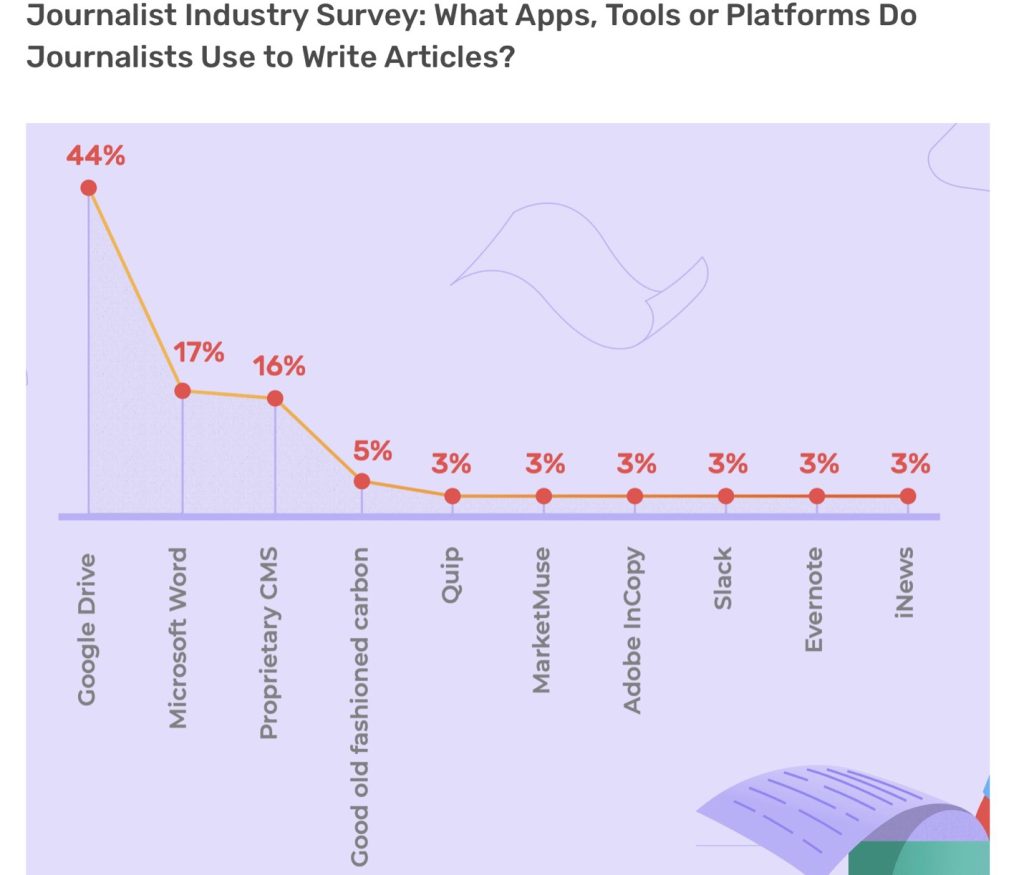
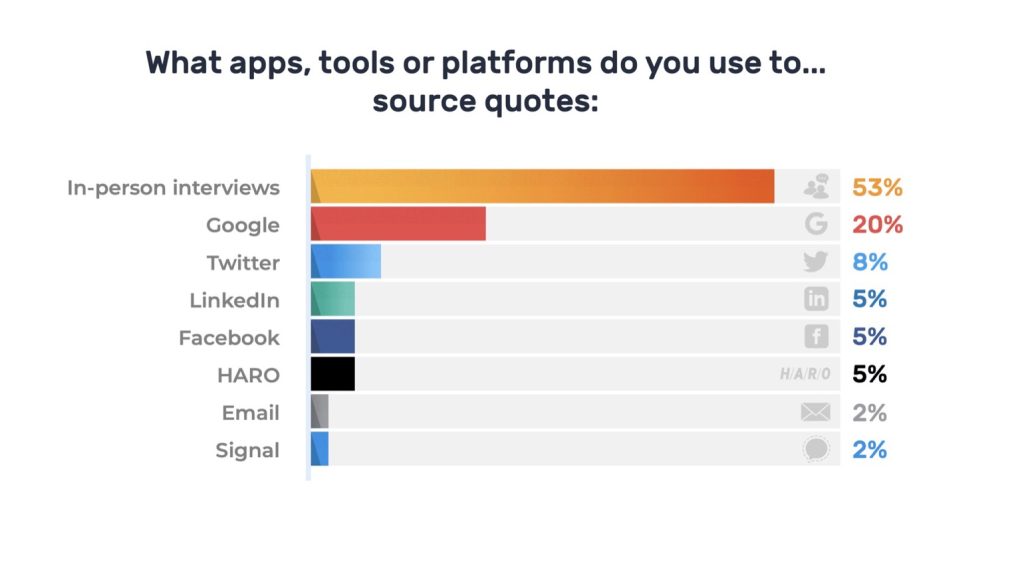
The Benefits of Hypermedia in Journalism:
- Adaptive Content:
Journalists can use hypermedia to adapt content based on audience feedback. Journalists can update content in real time thanks to real-time comments, shares, and interactions.
2.Audience Engagement:
From quizzes to comment sections, interactive modules foster a sense of community. Readers feel connected not only to the content, but also to their peers and even the content creators. Because of hypermedia, the lines between news creators and consumers have blurred. Today’s audience is not merely passive. They actively engage with content by clicking on links, watching related videos, voting in polls, and leaving comments. This level of interactivity results in a more comprehensive and comprehensive information consumption experience.
- Rapid Response:
Journalists can update stories in real time because digital platforms are dynamic. Breaking news, as well as corrections or updates to existing stories, can be delivered instantly. This ensures that the audience always receives the most recent and accurate version of events.
- Multimedia Integration:
Stories are shown, heard, and experienced rather than just told. The use of images, videos, and infographics in digital news stories allows for richer storytelling and multi-sensory engagement for the audience.
- Customized Experiences:
Through the use of algorithms and artificial intelligence, hypermedia can provide personalized news experiences by curating content based on user preferences, reading histories, and interactions.

Counterarguments and Challenges:
1.Information Overload:
An abundance of information can sometimes be a curse. With so many multimedia elements competing for attention, readers may become overwhelmed, resulting in superficial consumption and potential misinformation.
2.Technology Dependence:
The efficacy of hypermedia is inextricably linked to technological infrastructure. There is a digital divide because not everyone has equal access to hypermedia platforms. Furthermore, the over-reliance on technology may render news inaccessible during technological failures.
3.Equity and accessibility:
While the potential of hypermedia is vast, it is dependent on users having advanced devices and high-speed internet. This reliance aggravates the digital divide.
4.Ethical Difficulties:
There is a risk of creating echo chambers with AI-curated news feeds, where readers only encounter agreeable views, impeding balanced perspectives.
How to Balance Tradition and Innovation?
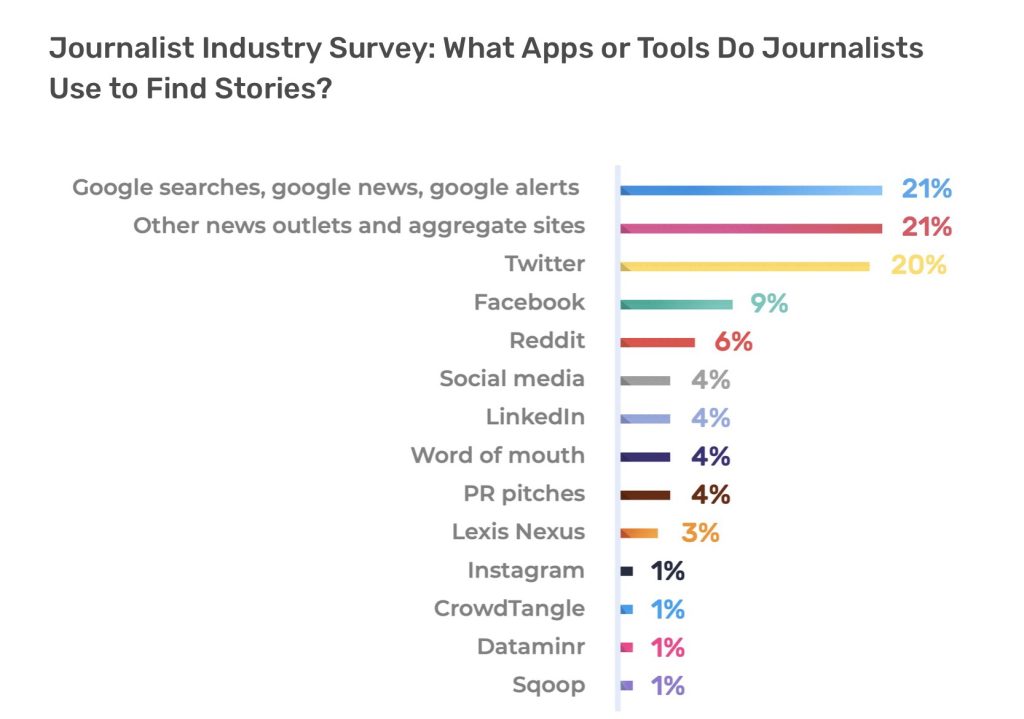
- Depth is worth something.
Traditional journalism, renowned for its depth and narrative prowess, can teach us about comprehensive coverage. Long-form journalism retains its allure and value in the age of 280-character tweets.
2. Journalism Ethics:
Regardless of the medium, the essence of journalism remains truthfulness, fairness, and accountability. Hypermedia should complement, not replace, these values.
3. Approach Focused on the Audience:
Journalists can be more responsive to the needs and preferences of their audiences by using hypermedia. Journalism can remain both informative and engaging by combining traditional values with innovative tools.
4. Multimedia Elements in Contemporary Journalism:
In today’s journalism, a story is seldom complete without multimedia elements. Photographs provide visual context, videos offer dynamic perspectives, embedded links offer depth, and social media embeds provide real-time reactions. These elements, when harmoniously integrated, elevate the narrative, offering a comprehensive view of events.
Conclusion:
Hypermedia’s influence on journalism is indelible. As we navigate the information age, it’s paramount to harness hypermedia’s potential responsibly. While it offers tools to make journalism more engaging, dynamic, and interactive, it also presents challenges that must be navigated with care.
The amalgamation of journalism and hypermedia promises a future of informed, engaged, and discerning audiences. The onus is on journalists, technologists, and educators to ensure this promise is realized, always prioritizing truth, fairness, and the public good. As we stride into this future, may the guiding light be a commitment to these timeless values.


